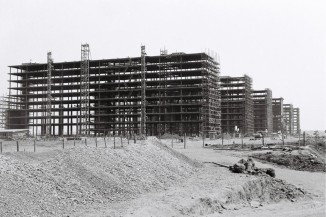Blog / BIM & Construction Management
Understanding ISO 19650: Guide for BIM Management in Construction
Categories
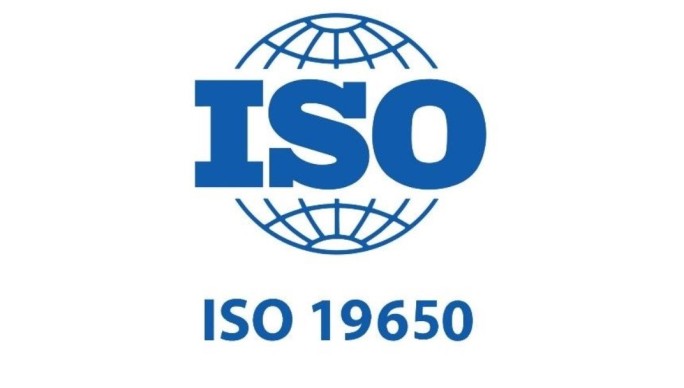
Building Information Modeling (BIM) has revolutionised the construction sector by enhancing project visualisation, collaboration, and efficiency.
Central to successful BIM implementation are standardised processes that ensure consistency and reliability.
ISO 19650 is one such critical standard that streamlines BIM management, promoting better information handling and project delivery. This article delves into the essentials of ISO 19650, its structure, benefits, and practical implementation in construction projects.
What is ISO 19650?
ISO 19650 is an international standard for managing information over the entire lifecycle of a built asset using BIM. It builds on the foundations of the UK’s PAS 1192 standards, providing a unified framework applicable worldwide.
The standard aims to enhance collaboration and information management across project stakeholders, ensuring that the right information is available to the right people at the right time.
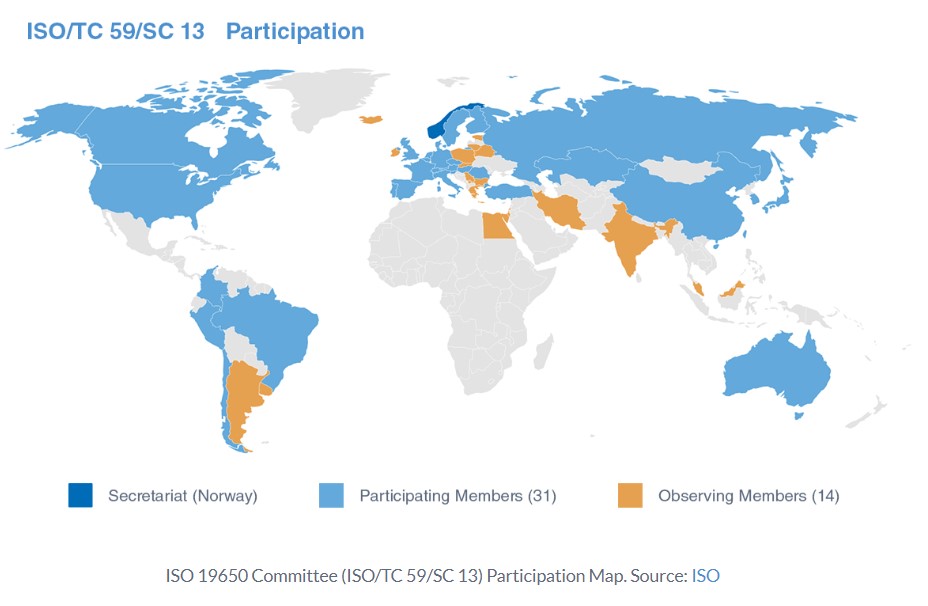
The Structure of ISO 19650
ISO 19650 is divided into several parts, each addressing different aspects of information management:
ISO 19650-1: Concepts and Principles
Objective:Provides an overview of the concepts and principles for managing information using BIM within the context of ISO 19650.
Key Points:
- Establishes the general principles of information management during the asset’s lifecycle.
- Defines the key terms and concepts used in the series.
- Provides a framework for information management, emphasising the importance of collaboration, structured information, and clear information requirements.
- Introduces the concept of the common data environment (CDE) as a central repository for information.
ISO 19650-2: Delivery Phase of the Assets
Objective:Focuses on the management of information during the delivery phase of assets.
Key Points:
- Details the processes and procedures for information management during the project delivery phase.
- Covers information requirements, including employer's information requirements (EIR) and asset information requirements (AIR).
- Explains the roles and responsibilities of parties involved in information management.
- Provides guidelines for developing information models, ensuring data quality, and managing the exchange of information.
ISO 19650-3: Operational Phase of the Assets
Objective: Addresses information management requirements during the operational phase of assets.
Key Points:
- Focuses on the processes and procedures for managing information after the asset is delivered and in use.
- Covers aspects such as maintenance, asset management, and operations.
- Emphasises the need for up-to-date and accurate information to support the efficient operation and maintenance of assets.
- Highlights the importance of integrating information management into the overall asset management strategy.
ISO 19650-4: Information Exchange
Objective: Specifies the requirements for the exchange of information throughout the asset life cycle.
Key Points:
- Provides detailed requirements for the format, structure, and quality of information exchanges.
- Ensures that information is exchanged in a consistent, reliable, and efficient manner.
- Introduces templates and standardised methods for information exchange to facilitate interoperability.
- Covers aspects such as data security, classification, and metadata.
ISO 19650-5: Security-minded Approach to Information Management
Objective: Focuses on the security aspects of information management in the context of BIM.
Key Points:
- Addresses the need for a security-minded approach to managing sensitive information.
- Provides guidelines for identifying and mitigating security risks related to information management.
- Emphasises the importance of protecting intellectual property and sensitive data throughout the asset lifecycle.
- Introduces measures and protocols to ensure information security, including access control, encryption, and secure information exchanges.
ISO 19650-6: Organisation and digitisation of information about buildings and civil engineering works
Objective: Outlines the concepts and principles to ensure that health and safety information is classified, shared, and delivered collaboratively, securing economic, environmental, and social benefits.
Key Points:
- Defines the collaborative sharing of structured health and safety information throughout the project and asset life cycles.
- Promotes the progressive digitization of structured health and safety information from the project's outset.
- Details how health and safety information should be shared throughout the project and asset life cycles, with emphasis on contextualizing and filtering hazards to prioritize safety-critical risks.
- Establishes a framework for the identification, use, sharing, and generalization of health and safety information via information management processes, including BIM, to ensure safer environments.
- Relevant to individuals and organizations involved in the procurement, design, construction, use (including maintenance), and end-of-life stages of an asset. While it aligns with BIM maturity as per the ISO 19650 series, its principles can also apply to phases not using BIM.
- Health and Safety Information Usage: Guides the use of health and safety information to:
a) Provide a safer and healthier environment for end users.
b) Mitigate inherent hazards and health and safety risks across the asset life cycle.
c) Improve health and safety performance, reducing incidents and associated impacts.
d) Ensure clearer, more assured, and relevant health and safety information is available to the right people at the right time.
Increase construction and operational value.
e) Legal Compliance: Does not alter legal obligations related to health and safety risk management.
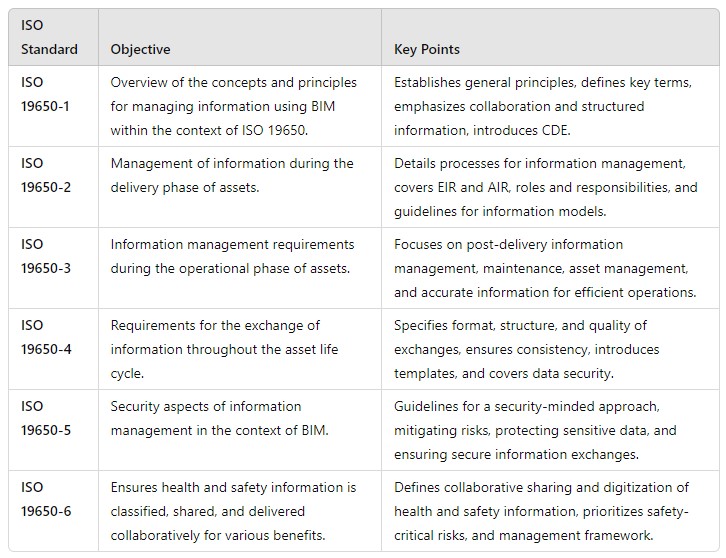
Benefits of ISO 19650 in BIM Management
Adopting ISO 19650 offers several significant advantages for BIM management in construction projects:
Improved Collaboration and Communication
- ISO 19650 fosters better collaboration among project stakeholders by standardising information management practices. This ensures that all parties have access to accurate and up-to-date information, reducing misunderstandings and errors.
Enhanced Information Management
- The standard promotes a structured approach to information handling, ensuring that data is consistently organised, stored, and retrieved. This leads to more efficient project workflows and decision-making processes.
Increased Efficiency and Reduced Errors
- By providing clear guidelines and standardised procedures, ISO 19650 helps minimise rework and errors. This leads to cost savings and shorter project timelines.
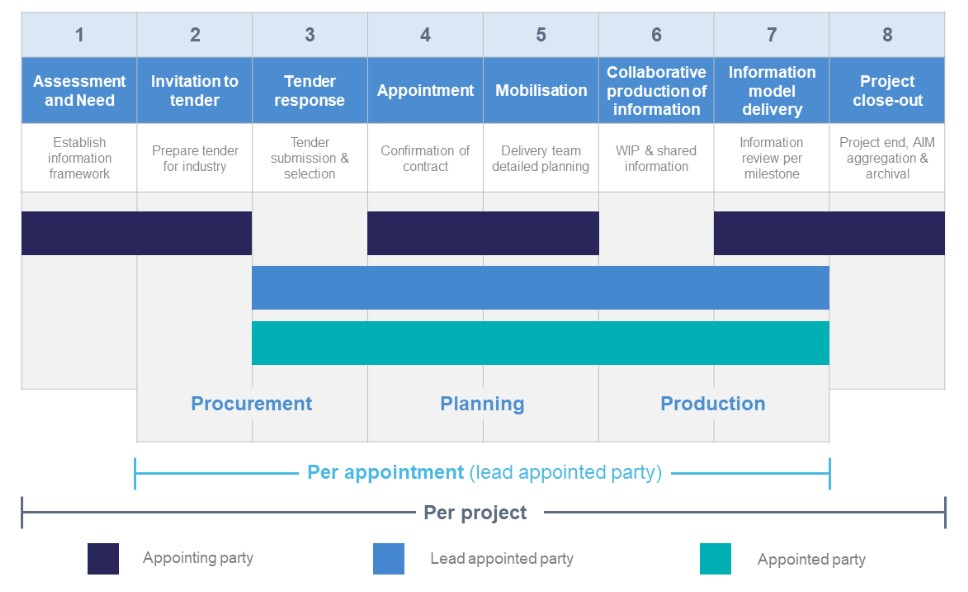
Implementing ISO 19650 in Construction Projects: How to do it?
Organisations looking to adopt ISO 19650 should follow these steps:
- Assess Current BIM Practices and Identify Gaps. Evaluate existing information management practices to understand how they align with ISO 19650. Identify areas that require improvement.
- Training and Education. Ensure that all team members are trained in ISO 19650 principles and practices. This includes understanding the CDE and information requirements.
- Establish a Common Data Environment (CDE). Implement a CDE to facilitate seamless information sharing and collaboration. The CDE serves as the central repository for all project information.
- Set Up Information Requirements. Define and document the project's EIR, AIR, and PIR. These requirements outline the information needed at various project stages and guide the information management processes.
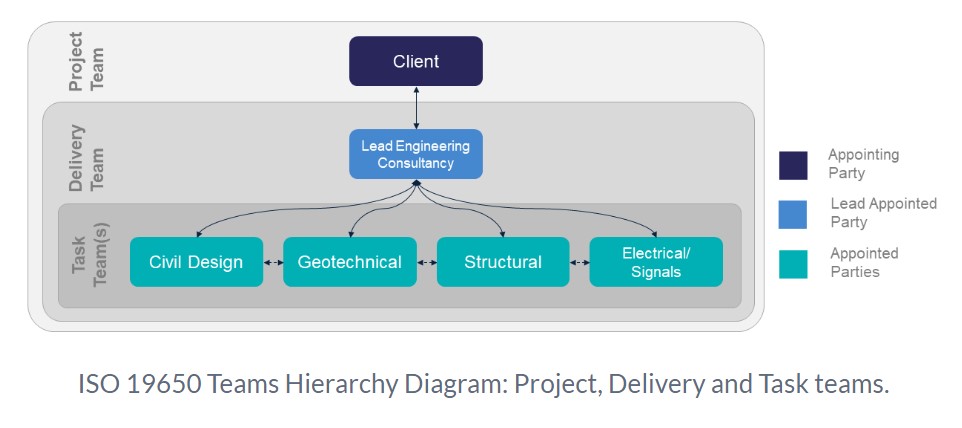
Learn, understand and apply ISO 19650 in your projects with a BIM Master
ISO 19650 is a vital standard for effective BIM management in construction, offering numerous benefits including improved collaboration, enhanced information management, and increased efficiency. By adopting ISO 19650, construction professionals can ensure better project outcomes, less mistakes, and stay ahead in a competitive industry.
If you are keen to delve deeper into BIM management and master the intricacies of standards like ISO 19650, consider pursuing advanced education such as a Master's in Global BIM Management.
Such programmes are designed to equip you with comprehensive knowledge and practical skills, ensuring you can apply these standards effectively in real-world projects. By integrating the principles of ISO 19650 into your professional practice, you'll be well-prepared to drive innovation and excellence in the construction sector, paving the way for a successful career in BIM management.

Related module




